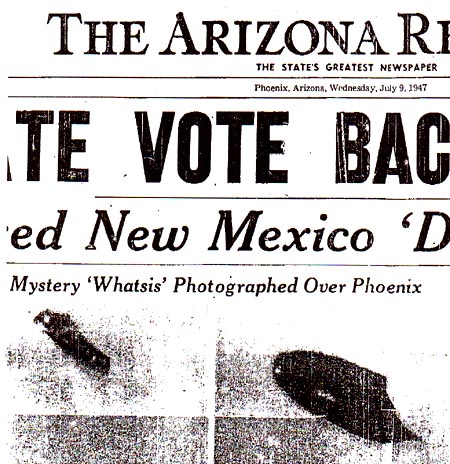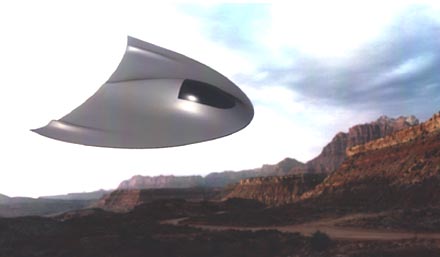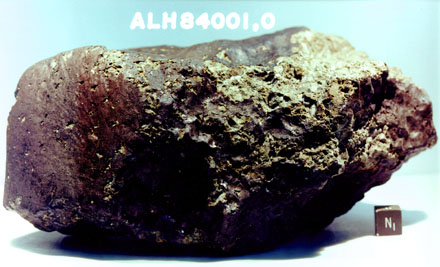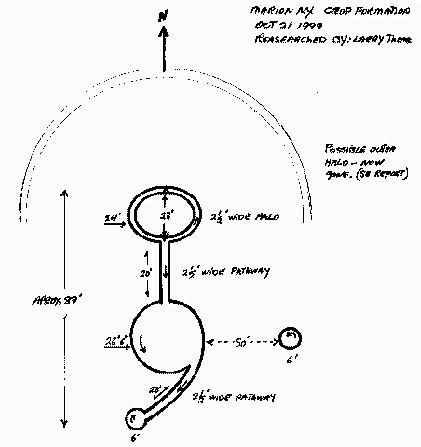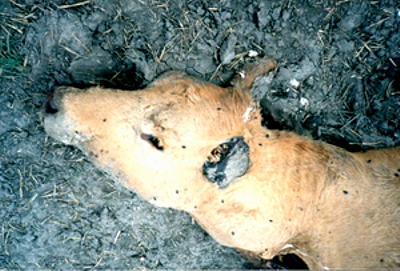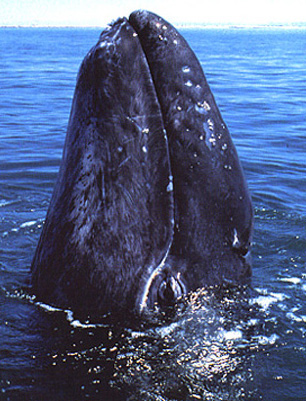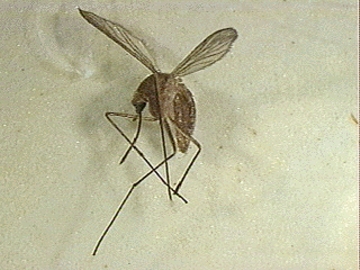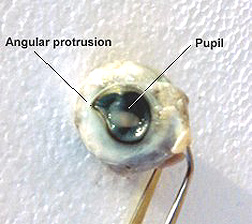December 19, 1999 Harrisburg, Pennsylvania -
1) Nuclear Power Security
While everyone is waiting for the countdown on New Year's Eve, Y2K glitches have already started to appear. Instead of the year 2000, the number 1900 has been showing up on various documents around the country. And on December 15th in Vancouver, British Columbia, a new computerized smoke alarm installed in the city's SkyTrain went off and stopped the whole system. Thousands of commuters and holiday shoppers were stranded. Ironically, the new computerized alarm was supposed to prevent Y2K shutdown problems.
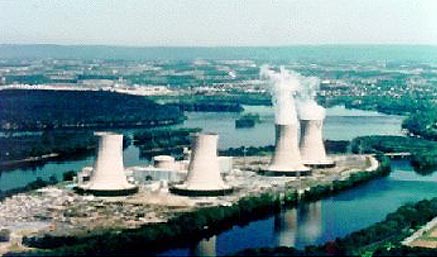
Click here to subscribe and get instant access to read this report.
Click here to check your existing subscription status.
Existing members, login below:


